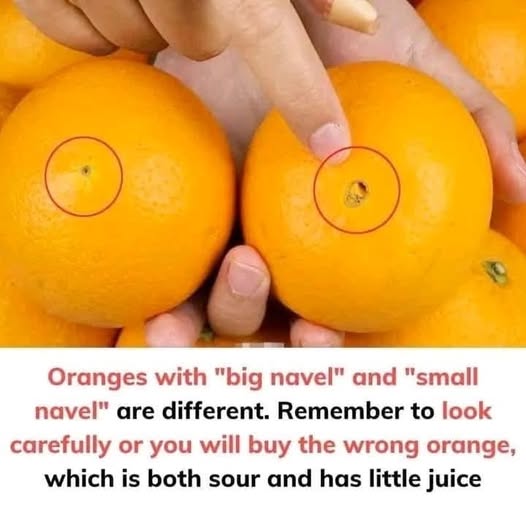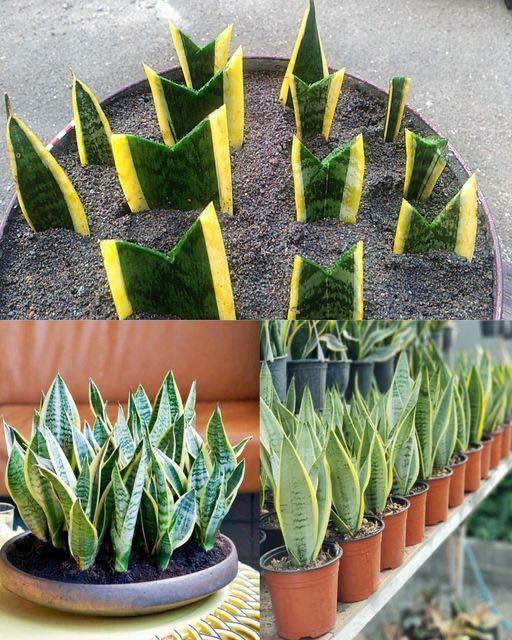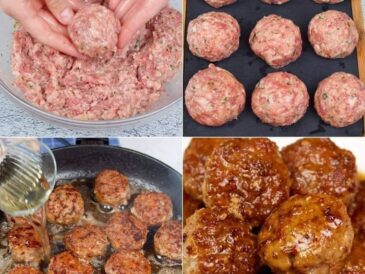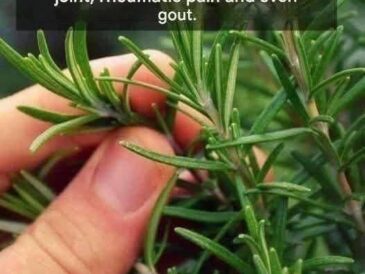When it comes to selecting the perfect orange, many of us tend to judge the fruit by its color or size. But have you ever taken a closer look at the orange’s navel? That little indentation at one end of the fruit holds a surprising amount of information about the orange’s quality, taste, and juiciness.
In this post, we’ll explore the difference between large navel oranges and small navel oranges, how the size of the navel can affect flavor and texture, and share tips on how to pick the most delicious oranges every time you go to the market.
The Difference Between Large Navel Oranges and Small Navel Oranges
One of the first things you might notice when examining oranges is that some have a large, prominent navel — a round, clear indentation resembling a belly button — while others have a much smaller, barely noticeable navel, often just a small dot.
Large Navel Oranges
If you pick up an orange with a large navel and cut into it, you’ll observe some characteristics that distinguish it from its small-naveled counterparts:
- White Membrane in the Navel: The navel area tends to be covered with a thick white membrane.
- Fewer Edible Segments: The fruit inside often contains fewer segments, and much of the navel is made up of peel rather than juicy flesh.
- Less Juice: Large navel oranges generally have a lower water content, making them drier.
- Less Sweetness: These oranges tend to have a less sweet and more bland taste, sometimes even slightly bitter.
Because of these qualities, large navel oranges might look impressive on the outside but can be disappointing when you taste them. Their heavy peel and large navel area reduce the edible portion of the fruit, and their flavor often lacks the bright, sweet zest we crave.
Small Navel Oranges
On the flip side, small navel oranges exhibit very different qualities:
- Less Noticeable Navel: The navel is small and subtle, often just a tiny dot or slight depression.
- Thin Peel: The skin of these oranges tends to be thinner, making them easier to peel.
- Juicy and Sweet Segments: Inside, the segments are plump and bursting with juice.
- Better Taste and Texture: These oranges are typically sweeter, with a fresh, bright citrus flavor that makes them a joy to eat.
In terms of quality, small navel oranges tend to be the superior choice if you want the juiciest, sweetest fruit. The higher water content and thinner peel mean you get more edible fruit and better flavor.
How to Choose Delicious Oranges: Beyond the Navel
While the size of the navel is a useful indicator of quality, it’s not the only factor to consider when choosing oranges. Here are three important things to look for to make sure you’re picking the best oranges every time.
1. Color
The color of the orange is often the first thing that catches our eye in the fruit aisle. However, not all oranges are created equal in color. Even within the same variety, oranges can range from pale yellow-orange to a deep, vibrant orange.
- Darker color means more sun exposure: The richer the orange hue, the more sunlight the fruit has absorbed while growing.
- More sunlight means more sugar: Sunlight helps the fruit produce sugars during photosynthesis, making darker oranges sweeter and juicier.
- Choose oranges with deep, consistent color: These tend to be the most flavorful and ripe.
Be cautious of oranges with green patches or uneven coloring—they may not be fully ripe.
2. Shape
Oranges come in various shapes—from round to slightly oval, to plump or even a little wrinkled.
- Round oranges are often the best choice: They generally have a better juice-to-peel ratio and tend to be sweeter and juicier.
- Avoid wrinkled or rough-skinned fruit: While some textured skin can be normal, excessive wrinkling may indicate older or dried-out fruit with less juice.
- Plump fruit is a good sign: It often signals freshness and juiciness inside.
3. Feel by Hand
Picking up an orange and feeling its weight and texture can tell you a lot about its quality:
- Heaviness: A heavy orange feels dense and juicy. If the fruit feels light for its size, it may have dried out or been stored for too long.
- Firmness and elasticity: When you gently squeeze the orange, it should feel firm but slightly springy. This elasticity is a sign of freshness.
- Avoid hard or rock-solid fruit: This can mean thick skin and less juice inside, resulting in a dry and tasteless orange.
- Soft spots or mushiness: These indicate overripe or damaged fruit and should be avoided.
Why Does the Navel Size Matter?
You might wonder why exactly the size of the navel affects the taste and quality of the orange. The navel is a natural formation resulting from the orange’s development—essentially a secondary fruit growing at the blossom end. Larger navels tend to indicate more peel and membrane, which means less juicy flesh inside.
In other words, when you see a large navel, you’re likely looking at an orange with a bigger “core” of pith and membrane—edible but not flavorful or juicy. Small navel oranges focus more of their development on juicy segments, giving you a better eating experience.
Additional Tips for Buying Oranges
- Smell the orange: A fresh orange should have a sweet, citrusy aroma. If there’s little to no scent, it might not be ripe.
- Check for blemishes: Small spots are usually harmless, but avoid fruit with mold, soft spots, or cuts.
- Season matters: Oranges are typically in season during winter months, but always buy local or from trusted sources for the freshest fruit.
Storing Your Oranges for Maximum Freshness
After you bring your perfect oranges home, storing them properly helps maintain their juiciness and flavor:
- Room temperature: Oranges can be stored on the counter for up to a week if kept in a cool, dry place.
- Refrigeration: For longer storage, keep oranges in the fridge’s crisper drawer, where they can last for 2 to 3 weeks.
- Avoid moisture: Moist environments can encourage mold growth, so keep oranges dry and in breathable bags if possible.
Final Thoughts
The next time you’re at the grocery store or farmer’s market, don’t overlook the navel of the orange—it can be your secret weapon for choosing the best fruit. Large navel oranges might look impressive, but small navel oranges usually deliver the sweeter, juicier, more flavorful experience you want.
Combine the insight about navel size with checking color, shape, and feel, and you’ll be well on your way to picking perfect oranges every time.
So go ahead—pick up that small-navel, deeply colored, round, and heavy orange. Your taste buds will thank you.
Summary: How to Choose the Best Oranges
| Factor | What to Look For | Why It Matters |
|---|---|---|
| Navel Size | Small or barely noticeable | More juicy flesh and better flavor |
| Color | Deep, rich orange | Indicates sweetness and ripeness |
| Shape | Round and plump | Better juice-to-peel ratio |
| Weight | Heavy for size | More juice inside |
| Firmness | Slightly springy but firm | Fresh and ripe |
| Smell | Sweet, citrus aroma | Sign of freshness and ripeness |





